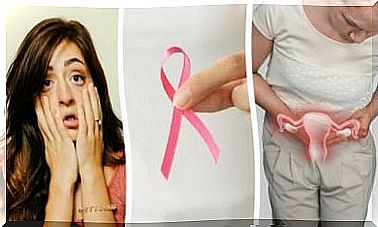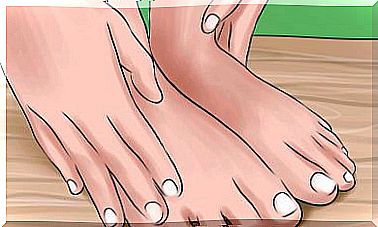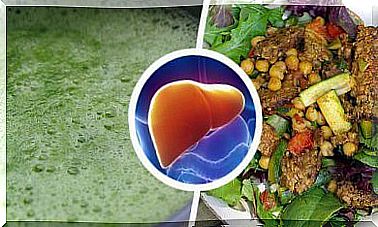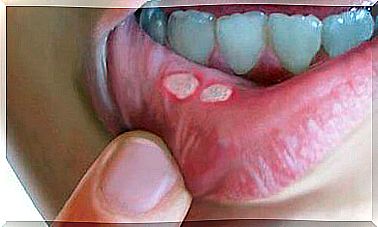Vitamin D Deficiency: Who Is Most Likely To Suffer From It?

The body needs vitamins and minerals to function, including vitamin D. Sometimes, however, some vitamins and minerals are deficient, which can lead to disorders in the organs and their function. In this article, we will discuss vitamin D deficiency in more detail.
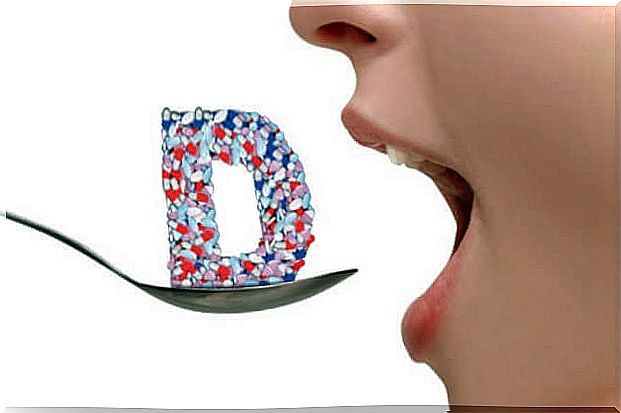
What is Vitamin D?
Vitamin D is a fat-soluble vitamin that is stored in the body’s adipose tissue. Its purpose is to promote the absorption of minerals such as calcium and phosphorus. These are essential for the normal development and strength of bones. Especially in childhood, these minerals are very important; they are used to form bone material.
Inadequate intake of these minerals adversely affects bone formation and structure. Without these minerals and vitamin D, bones become weak and break easily, as well as permanent damage.
Where does Vitamin D Get It?

This vitamin can be obtained in many different ways. In this article, we’ll talk about the best sources of vitamin D.
- The body naturally produces vitamin D from sunlight. So being in the sun is one way to get this vitamin.
- Fatty fish is a great source of vitamin D. It is available, for example, from tuna, salmon and mackerel.
- Other sources of vitamin D include liver, egg yolk and cheese. However, vitamin D is low in these sources.
- Mushrooms are also one source of vitamin D. It can be abundant in them, as they are often exposed to ultraviolet radiation.
As we mentioned earlier, light produces the greatest amount of vitamin D.
There are not many foods that have this vitamin naturally. For this reason, vitamin D is added to many products to secure its intake.
How much vitamin D is needed at any age?
It is important to always get enough vitamin D, and different ages need it in different amounts. We tell you about your daily need for vitamin D by age.
- Newborns (up to one year of age) need 400 IU of vitamin D.
- In 113-year-olds, the amount should be 600 IU.
- Young adults, aged 1418, need 600 IU.
- 1970s adults as well as pregnant and lactating women need 800 IU of vitamin D.
Who is most likely to suffer from vitamin D deficiency?
1. Infants

Infant children are one group of people who easily suffer from vitamin D deficiency.
Breast milk does not contain enough of this vitamin, so it would be a good idea to give your baby 400 IU once a day as a supplement.
2. Older people and dark-skinned people

With age, human skin no longer produces as much vitamin D from sunlight as it used to. The ability of the kidneys to convert the vitamin to an active form is also reduced.
In addition, darker skin produces less vitamin D from the sun than lighter skin.
3. People with kidney problems and obesity

In obese people, excess body fat combines with vitamin D, which prevents it from entering the bloodstream.
People with chronic kidney or liver disease also usually have problems absorbing this vitamin.
4. People eating certain drugs

Some medications can affect the absorption of vitamin D.
- Anticonvulsant and antifungal drugs may impair the absorption of vitamin D.
- Similarly, antiretroviral therapy for HIV can cause problems with the absorption of vitamins. Some supplements may be needed to ensure adequate vitamin D levels.
Now that you know more about vitamin D, make sure you get enough of it to keep your health good.

